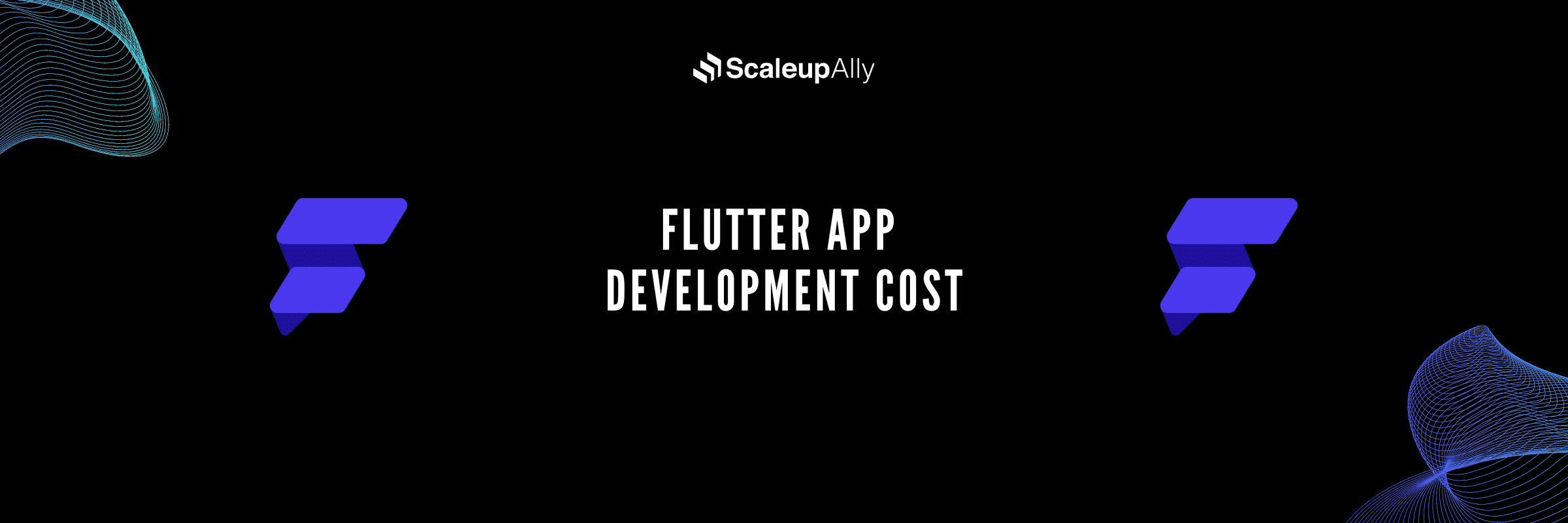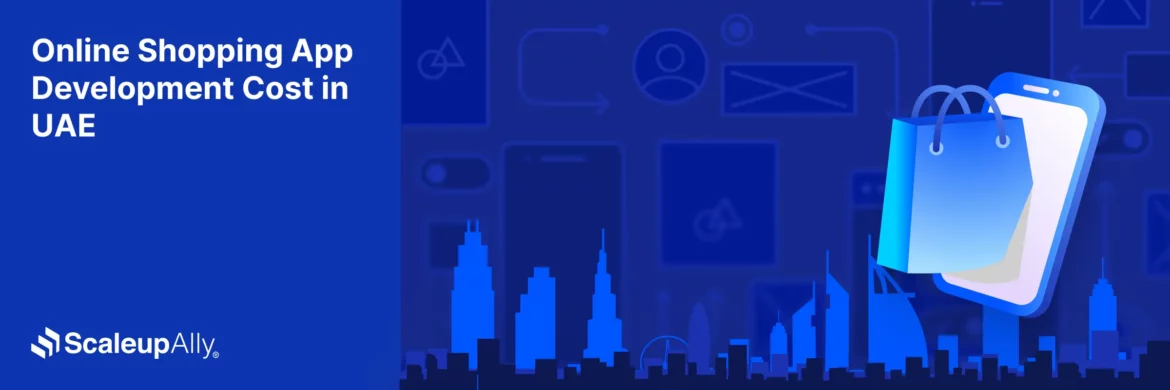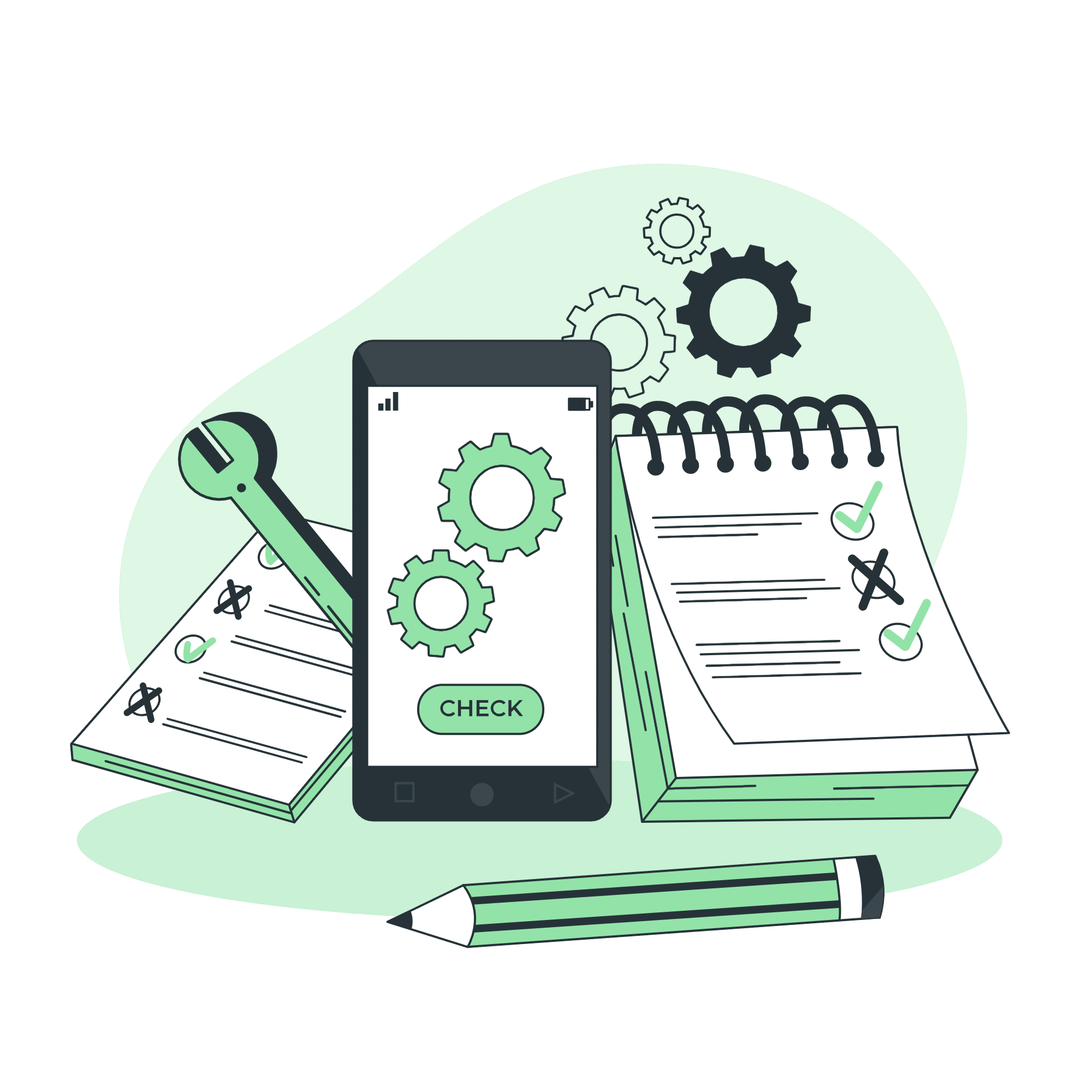
Flutter App Development Cost in 2025
Manu Jain | December 11, 2023 , 11 min read
Table Of Content
Mobile applications have become a crucial aspect of every business. They not only help in reaching a wider audience but also provide a seamless user experience. When it comes to mobile app development, one framework has gained significant popularity among app developers – Flutter.
Flutter, released in 2017, is a well-known cross-platform mobile framework that allows developers to create high-quality apps for both iOS and Android platforms. Its ease of use, efficiency, and cost-effectiveness have made it a preferred choice for many developers. But the question that arises for business owners and entrepreneurs is, “How much does it cost to make a Flutter app?”
To understand the cost of developing a Flutter app, we need to consider various factors such as the complexity of the app, the features required, and the overall scope of the project. After analyzing multiple sources and consulting with experienced Flutter app developers, we have compiled a comprehensive guide to help you understand the factors that influence Flutter app development costs.
Factors Affecting Flutter App Development Cost
The cost of developing a Flutter app can vary significantly based on several factors. Let’s explore these factors in detail:
1. Native App Development vs. Flutter
When estimating the cost of a Flutter app, it’s essential to consider the development time for both platforms. Flutter, being a cross-platform framework, allows developers to write a single codebase for both Android and iOS. This feature significantly reduces development time and, in turn, lowers the cost compared to native app development.
However, it’s important to note that Flutter may not be suitable for all platforms. If your project requires a Wear OS version or a Smart TV app, you may encounter challenges. While it is technically possible to build a Flutter app for these platforms, certain features may not be supported or may require additional development efforts, leading to increased costs. In such cases, opting for native development may be a more viable option.
2. Complexity of Features
The complexity of features is a significant factor that influences the cost of Flutter app development. Simple features, such as login functionality, require minimal effort and time. On the other hand, integrating advanced features like video calls or AR (Augmented Reality) can significantly increase development time and cost.
For instance, let’s consider the development of an Instagram-like app. Implementing the basic photo upload feature may take around 13 hours of development time. However, building filters for photo editing can require anywhere from 30 to 120 hours, depending on the complexity. This difference in development time directly impacts the overall cost of the app.
- Simple App: A simple app typically includes basic features such as a user-friendly interface, search option, social logins, eCom functionality and data caching. The development cost for a simple app can range from $5,000 to $15,000, depending on the scope of the project.
- Medium-Complexity App: A medium-complexity app may include additional features like location maps, chat (text, audio, video), multi-factor authentication and features to support in-house operations. The development cost for a medium-complexity app can range from $10,000 to $50,000.
- Complex App: A complex app is characterized by advanced functionalities to support large enterprise operations, integration with multiple third parties, advanced data security measures, gamification, and UI UX like Cred.Club. The development cost for a complex app can start from $30,000 and can go beyond $120,000, depending on the project requirements.
To accurately estimate the cost of developing an app, it’s crucial to consider the complexity of the desired features and allocate development time accordingly.
3. Location of Developers and Hiring Options
The location of your development team and the hiring option you choose can also affect the overall cost of Flutter app development. Developer rates vary across different regions, with North America typically having higher rates compared to regions like Central and Eastern Europe.
If you’re considering outsourcing your project, the Indian Sub-continent region, particularly India, offers a balance of affordability and high-quality development services. With lower hourly rates compared to North America, you can reduce development costs without compromising on the quality of your app. Partnering with ScaleuAlly, if you want to get started right away.
Additionally, the hiring option you choose, whether freelancers, in-house teams, or outsourcing companies, can impact the overall cost. Freelancers may offer lower rates, but they often lack the guarantee of competence and long-term support. In-house teams require additional expenses like office space and salaries. On the other hand, outsourcing companies provide cost flexibility, scalability, and access to a vast talent pool, making it an attractive option for cost-effective Flutter app development.
4. UI/UX Design
The UI/UX design of your Flutter app plays a crucial role in its success. It encompasses elements such as mobile app navigation, typography, colour schemes, and overall user experience. The complexity of the design directly impacts the development time and cost.
UI/UX design preparation involves activities like market research, sketching, wireframing, mood board development, mockup creation, and brand identity design. Each of these activities requires time and expertise, contributing to the overall cost of Flutter app development.
For instance, creating wireframes for your app can take anywhere from 50 to 100+ hours, depending on the complexity. Design visuals, including mood board development and mockup creation, can cost between $3,000 to $10,000 or more. It’s important to allocate a budget for UI/UX design to ensure an engaging and visually appealing app.
5. Additional Costs
In addition to the core development costs, other factors can contribute to the overall cost of Flutter app development. These include:
- Server space: If your app requires server infrastructure for data processing and storage, you need to consider the cost of hosting services. The cost can vary depending on factors such as server capacity, data transfer, and security requirements.
- App Store release: Releasing your app on platforms like Google Play and the App Store incurs fees. Google Play charges a one-time fee of $25, while the App Store charges an annual fee of $99. Additionally, both platforms have a commission fee for in-app purchases or subscriptions, usually around 30% of the transaction value.
- Third-party API integrations: If your app requires integration with third-party services or APIs, such as payment gateways, social media platforms, or SMS gateways, it can increase the development cost. The complexity of the integration and the number of integrations required will impact the overall cost.
Also Read: Best Flutter App Development Companies
Calculating Flutter App Development Cost
Now that we have explored the factors influencing Flutter app development cost, let’s understand how to calculate the cost for your specific project. To calculate the cost, you need to consider the following steps:
Step 1: Define Project Scope
Clearly define the scope of your Flutter app project. Determine the features you want to include, the level of complexity, and any specific requirements. This will help you estimate the development time and allocate resources effectively.
Step 2: Identify Features and Complexity
Break down your app’s features and assess their complexity. Categorize them into simple, moderately complex, and highly complex features. Assign an approximate development time and cost to each category based on your research and the examples provided earlier in this guide.
Step 3: Determine Developer Rates
Consider the location of your development team and the hourly rates associated with each region. Compare rates across different regions, such as North America, Central and Eastern Europe, Latin America, and India. Choose a region that offers a balance of affordability and quality.
Step 4: Multiply Development Time by Developer Rates
Multiply the estimated development time for each feature category by the corresponding developer rates. This will give you an approximate cost for each category. Sum up the costs to determine the total Flutter app development cost.
Step 5: Consider Additional Expenses
Take into account additional expenses such as server space, app store release fees, app maintenance, and third-party API integrations. These costs should be factored in to get a comprehensive understanding of the overall Flutter app development cost.
By following these steps, you can calculate the estimated cost of developing your Flutter app. However, it’s important to note that these are rough estimates, and the final cost may vary based on project-specific requirements and unforeseen challenges.
Average Cost to Develop a Flutter App
Now that we have a good understanding of the factors that influence Flutter app development costs, let’s take a closer look at the average costs based on the complexity of the app:
| App Complexity | Average Costs (in USD) | Development Timeframe |
| Simple App | $ 5000- $ 15,000 | 1 to 3 months |
| Medium-Complexity App | $ 15,000 – $30,000 | 3 to 6 months |
| Complex App | $ 30,000 and above | 6+ months |
How to reduce Flutter app development costs?
Developing a Flutter app doesn’t have to break the bank. Here are some essential tips to help you reduce Flutter app development costs without compromising on quality:
1. Outsource Your Project
Consider outsourcing your Flutter app development to leverage the expertise of experienced professionals while reducing costs. Outsourcing allows you to access a global talent pool and benefit from cost flexibility. Central and Eastern Europe, particularly Estonia, is a popular outsourcing destination known for its affordable rates and high-quality development services.
2. Start with MVP Development
To minimize costs, start your Flutter app development journey with a Minimum Viable Product (MVP). An MVP focuses on building essential features that provide value to users. By launching an MVP, you can gather user feedback, validate your app concept, and gradually add more features based on user demand.
3. Embrace Agile Development Methodology
Adopting an Agile development methodology can help you control costs effectively. Agile allows for iterative development, which means you can make adjustments and improvements throughout the development process. This approach minimizes the chances of costly rework and ensures that your app meets user expectations.
4. Prioritize Features
Prioritize the features that are essential for your app’s core functionality. By focusing on the must-have features and deferring non-essential ones to future updates, you can streamline development and reduce costs. This approach also allows you to launch your app faster, giving you a competitive edge in the market.
5. Optimize App Maintenance and Updates
Factor in app maintenance and updates in your budget from the start. Regular updates are crucial for keeping your app relevant and engaging for users. Collaborate with your development team to create a plan for ongoing maintenance and allocate a portion of your budget to cover these expenses.
By implementing these strategies, you can optimize your Flutter app development costs and ensure a successful and cost-effective app launch.
Conclusion
Developing a Flutter app can be an exciting and rewarding journey. However, it’s important to consider the cost factors and plan your budget accordingly. By understanding the factors that influence Flutter app development costs and following the tips provided in this guide, you can develop a high-quality Flutter app while staying within your budget. Remember to conduct thorough research, collaborate with experienced professionals or a Flutter App development company, and prioritize features to create a successful and cost-effective Flutter app.
With the increasing popularity of Flutter and its versatility in cross-platform app development, now is the perfect time to embark on your Flutter app development journey. Start planning, allocate resources strategically, and bring your app idea to life with Flutter.
Related Blogs

Online Shopping App Development Cost in UAE | Pricing & Factors Explained
Understand UAE online shopping app development costs in 2025 with pricing ranges, influencing factors, hidden fees, timeframes, and expert savings tips.
Suprabhat Sen
Nov 29 ,
13 min read

Software Development Timeline: Phases, Duration & Estimation Guide
Understand the software development timeline with phase durations, key factors, hidden delays, and practical methods to estimate project time.
Suprabhat Sen
Nov 29 ,
16 min read

Restaurant App Development Cost [Breakdown, Key Factors & Pricing Explained]
Discover restaurant app development cost. Explore pricing by complexity, feature-wise cost breakdown, and smart ways to reduce expenses.
Suprabhat Sen
Nov 29 ,
11 min read



